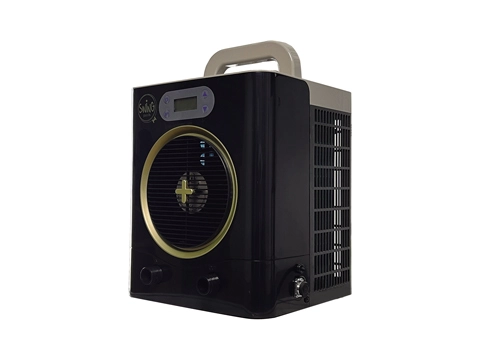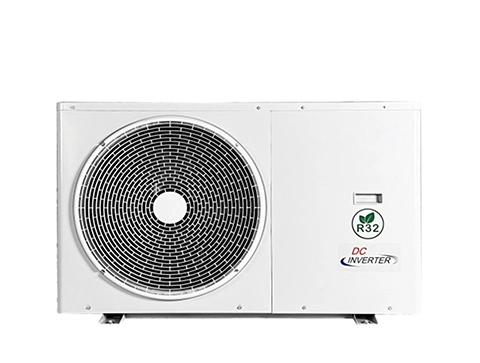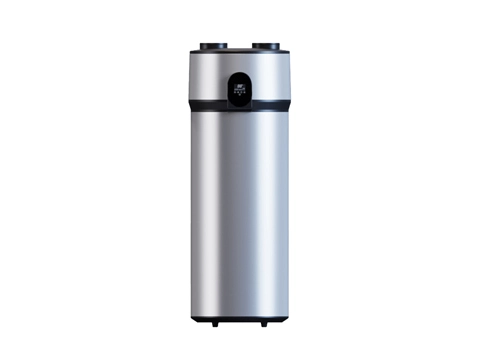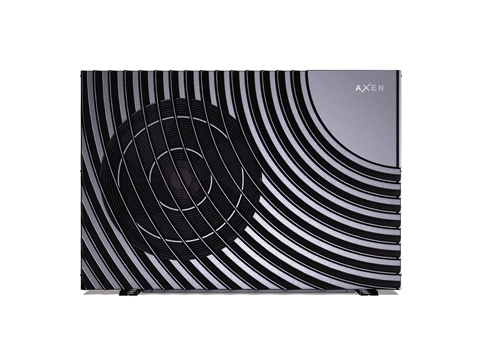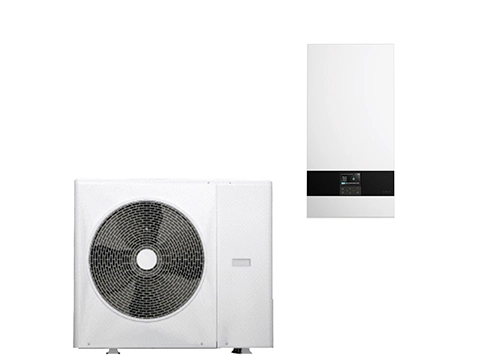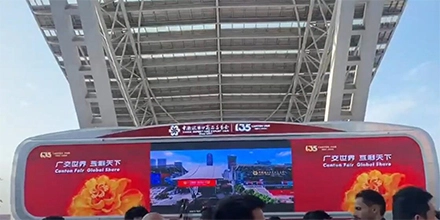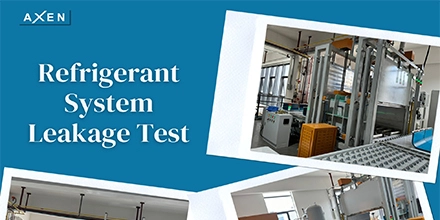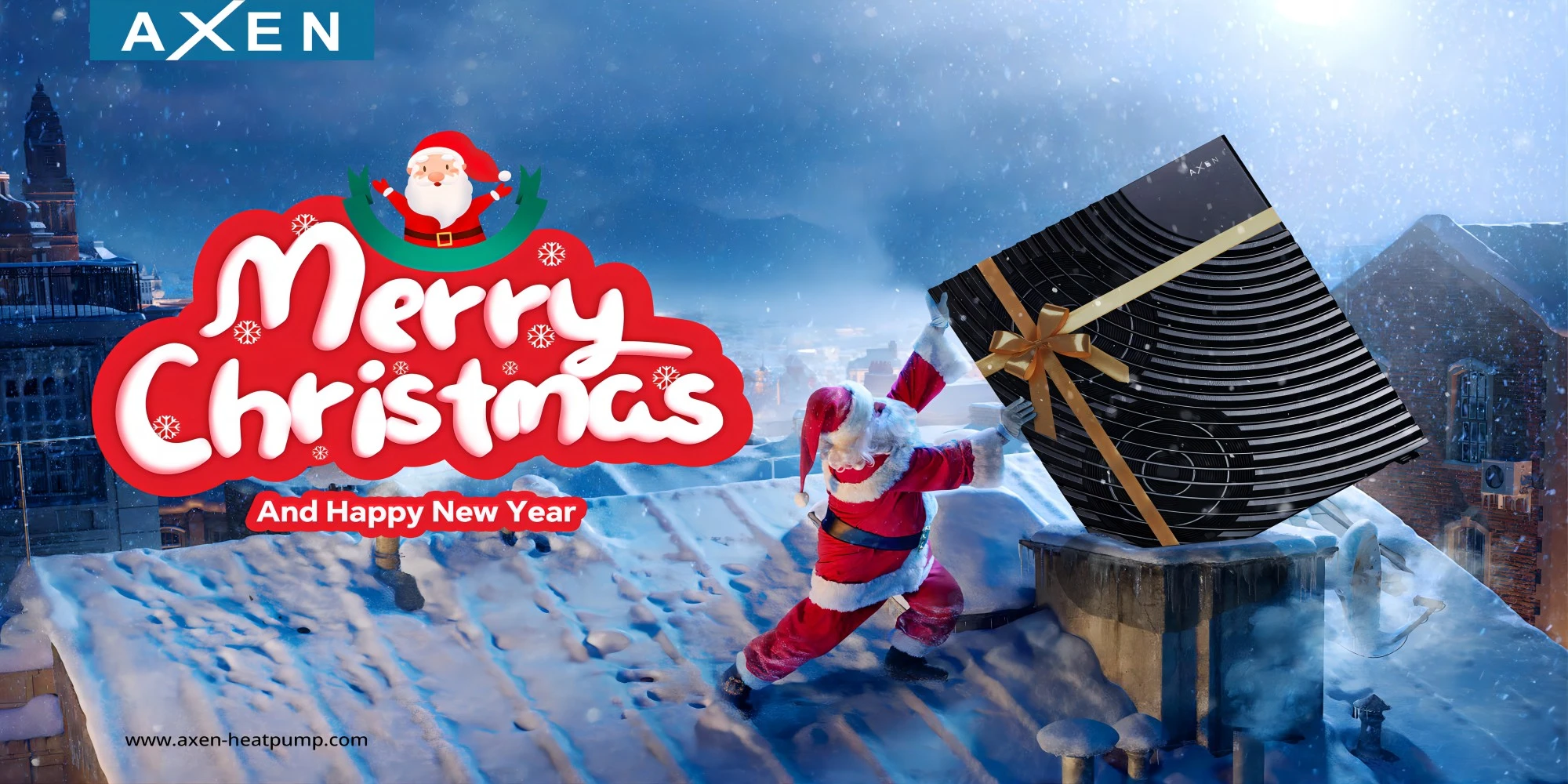With the increasing awareness of environmental protection and the threat of energy crises, the demand for efficient energy utilization is growing. As a new type of environmentally friendly energy equipment, air-source heat pumps are gaining more attention and favor. Among them, monobloc air-source heat pumps and split air to water heat pumps are two common air-source heat pump systems. They have significant differences in terms of structure, installation, maintenance, and other aspects. So what are the differences between them?
Different Structure
The monobloc air-source heat pump system integrates key components such as the evaporator, compressor, condenser, and control system into a single unitized device. In contrast, AXEN's split air to water heat pump system separates the evaporator and condenser, with the evaporator placed indoors and the condenser placed outdoors. This structural arrangement makes the monobloc air-source heat pump system more compact, occupying less space, which is suitable for installation in more confined indoor spaces. In contrast, the split air to water heat pump system requires space both indoors and outdoors for installation, thus occupying more overall space.
Different Usage Effect
Due to its compact structure and smaller space occupation, R290 air source heat pumps are often designed as compact units for small residences due to refrigerant safety considerations and efficient low-GWP (Global Warming Potential) performance or apartments where space is limited. On the other hand, the split air to water heat pump is suitable for larger buildings, allowing for the selection of appropriate combinations of indoor and outdoor units based on specific requirements.
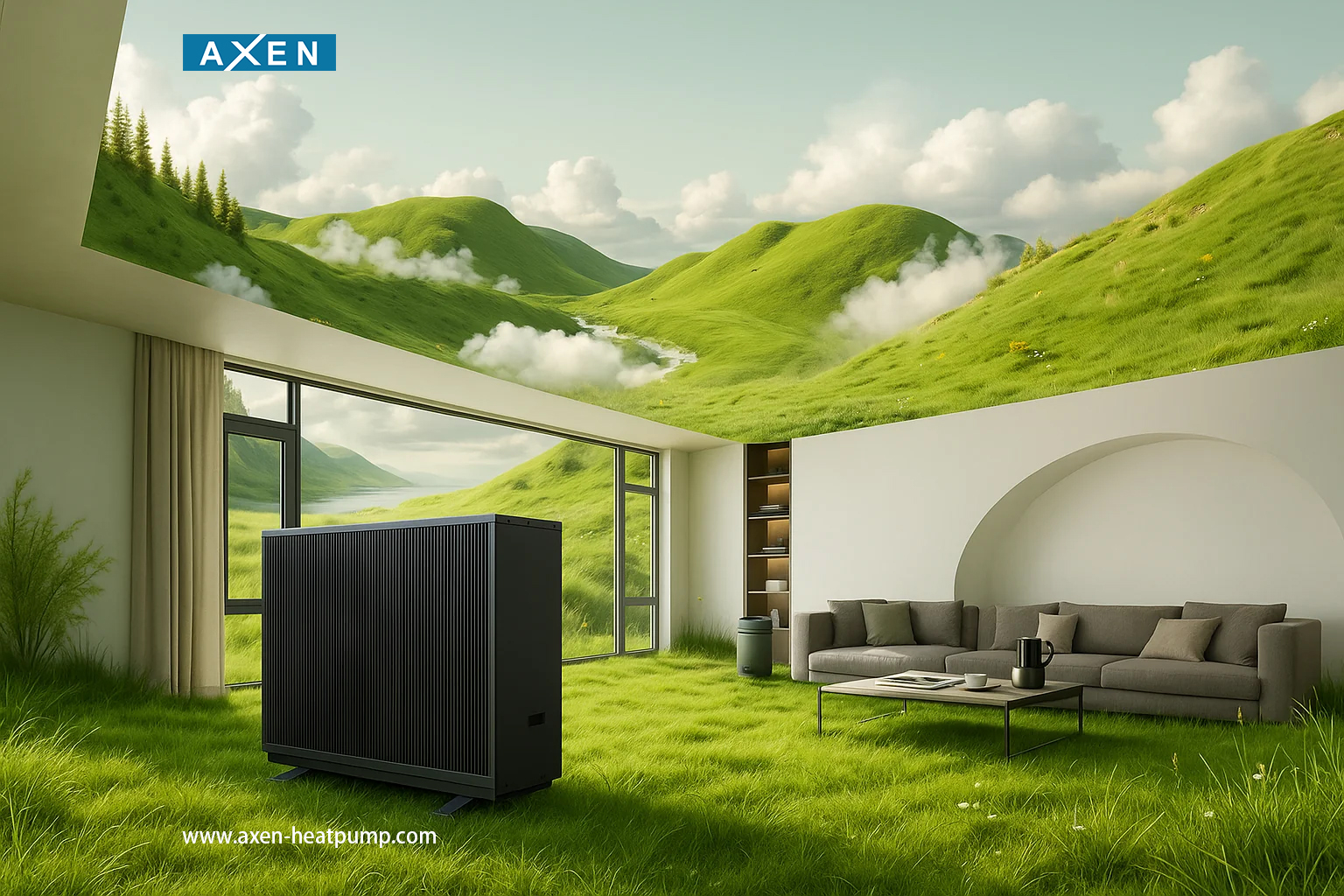
Different Energy Consumption and Efficiency
Due to its compact structure and all-in-one design, the monobloc unit may have slightly lower efficiency in certain conditions due to limited heat exchange surface and component optimization. On the other hand, split systems often provide higher efficiency because of their flexible component configuration and better heat dissipation, though they may consume more energy overall in larger installations.
Different Installation
Secondly, the monobloc air-source heat pump system is easier to install and maintain. Since the monobloc air-source heat pump system is a unitized design, installation only requires placing the equipment in the designated location and connecting the pipes and power supply. The split air to water heat pump system, however, requires corresponding pipe layout and connections both indoors and outdoors, making the installation process relatively cumbersome.
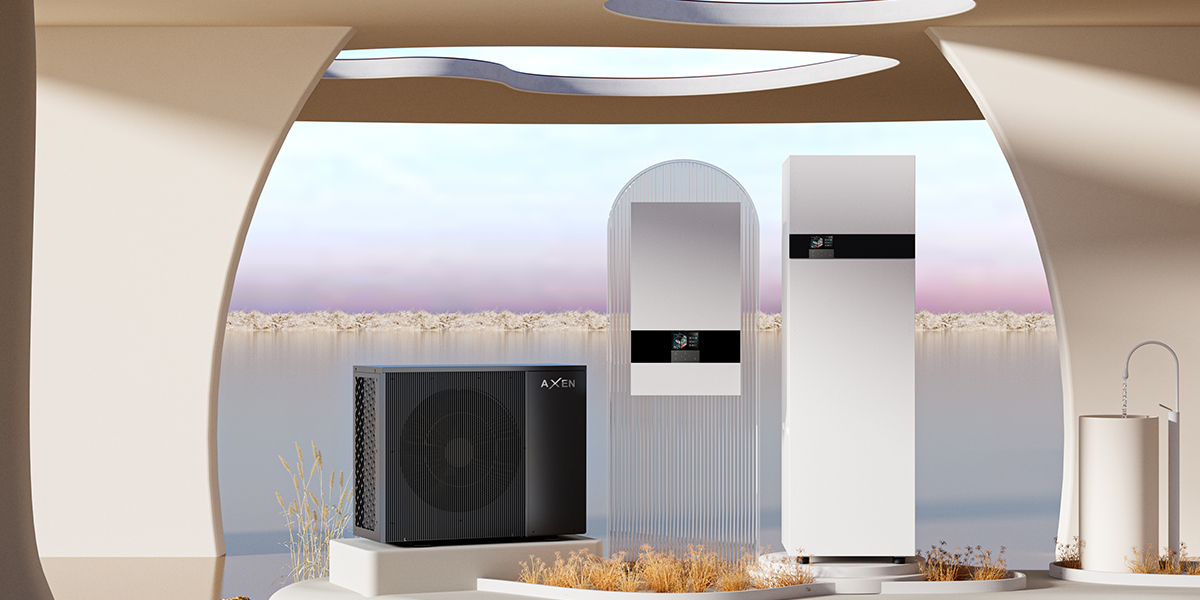
Different Maintenance and Repair
In terms of maintenance, the monobloc air-source heat pump system is more convenient as it requires maintenance on a single unit. In contrast, the split air to water heat pump system requires separate maintenance for the indoor and outdoor equipment, increasing the difficulty and workload of maintenance.
Different Noise Levels
Monobloc units typically produce less perceived indoor noise, especially if installed in utility spaces or balconies. In split systems, while the noisy compressor is usually placed outside, indoor units can still transmit noise through the refrigerant piping and water circulation, depending on insulation quality.
 English
English français
français Deutsch
Deutsch Español
Español italiano
italiano русский
русский português
português العربية
العربية Ελλάδα
Ελλάδα Polska
Polska Nederland
Nederland



